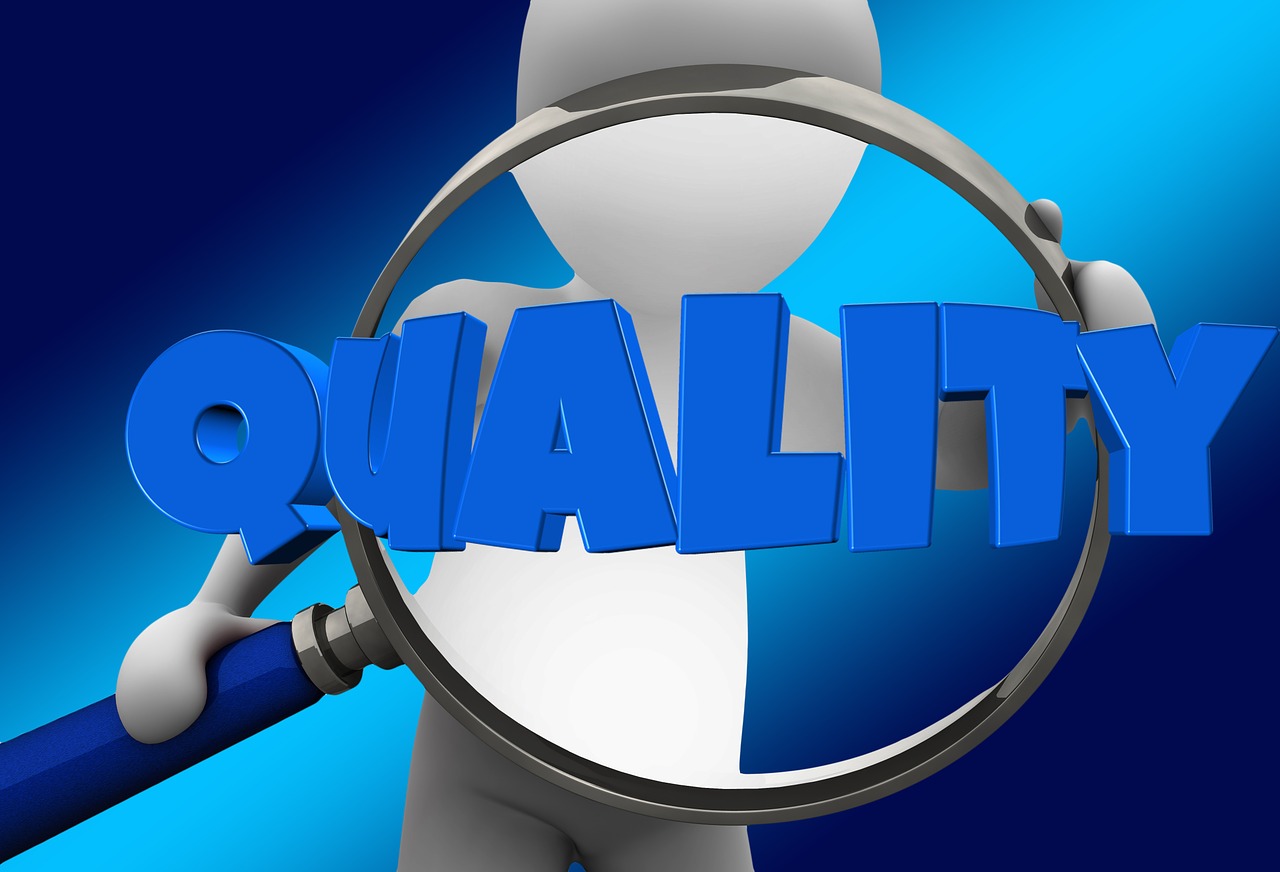
Defining Quality*
Quality is an abstract term. We find it difficult to express what exactly we mean when we talk about quality. We believe we know it, feel it, and that may be why we find it unnecessary to explain it when everyone knows it. We all have innate understandings of quality, but when it comes to defining it, we usually provide a framework for quality rather than a direct definition of it, because there is quite a large number of definitions or perceptions of quality that our own definition can only be the result of our own experiences. Attempting to define quality is, therefore, a challenging task.
The Merriam-Webster Online Dictionary (2014) defines quality as:
- “how good or bad something is;
- a characteristic or feature that someone or something has;
- something that can be noticed as a part of a person or thing;
- a high level of value or excellence”.
Shewhart (1931), defined quality as the ‘goodness of the product’, which may be perceived as a very broad one. His definition applies to both services and products. Education can also be considered under this definition because when we talk about the quality of education, we tend to refer to the visible outcomes, such as assessment, number of graduates or the people involved, for instance, students, staff members, or the facilities as well as the customer – seller relationship to a certain extent.
Tuchman (1980) provides more detail by coming up with two definitions of quality:
- referring to the intrinsic aspect of quality as “the nature or essential characteristic of something”.
- referring to “condition of excellence”.
Van Nederpelt (2009) seeks quality in the fine details of a set of attributes of an object. He makes a comprehensive list of possible attributes of an ‘object’ in target, and then creates a ‘quality area’ that may be used to manage the quality of the object. According to his quality management model, if we take a university as an object to be managed, for instance, the top administration can define a quality area that they believe to have the top priority depending on the current circumstances, such as staff, students, infrastructure, alumni, finance, PR, etc., and then they make a list of the attributes of that area to create quality tools to measure them. Van Nederpelt’s approach resembles the modern object-oriented computer programming where a group of objects are defined by the programmer in accordance with the target field of work in mind, and then object properties are formed as many as necessary in order to handle the objects in the desired way.
Kennedy (2014) points out to the same urgency that Nederpelt emphasizes by simplifying the quality achievement task as: “doing the right things right” in his article published in ASQ’s Quality Progress Journal. Although not providing a detailed framework on which to study, he asks all the stakeholders of the object under discussion to get together for the sake of reaching an agreement about what they would like to achieve, and what the ‘right things’ are to achieve it.
Juran (1951), one of the recognized quality gurus, sees quality as ‘fitness for use’. Feigenbaum, another quality guru, looks at the same idea of use in Juran’s definition from the customer’s view and concludes that quality is “the total composite product and service characteristics of marketing, engineering, manufacture, and maintenance through which the product and service in use will meet the expectations of the customer” (Feigenbaum, 1991, p. 7). Shewhart, in this sense, seems to have a big impact on their ideas of quality.
In the same fashion, Townsend and Gebhart (1986) speak of ‘quality in fact’ and ‘quality in perception’” (as cited in Edvardsson, 1998, p. 144). Quality, in fact, hints that the product meets planned characteristics. Quality in perception, however, is the positive match in the buyer’s mind.
Shewfelt (1999, p. 197) also advocates these ideas and argues that “Quality can be viewed as an absence of defects or a degree of excellence” in his article about food quality, making a similar distinction between product and consumer oriented quality understandings.
When it comes to quality of life, it totally becomes a subjective concept: the gap between the person’s experiences and his / her expectations defines the quality (Calman, 1984). We cannot talk about a seller nor a customer: only the individual with his / her own perception of quality, and the analysis of customer satisfaction is totally subject to the person him/herself.
Following the internal-external quality differentiation, Taguchi (1986) emphasizes the external aspect of quality as a new dimension to the product quality, believing that quality is the gap between the time of a product is shipped till it reaches the buyers. The customer would then decide if the product in his/her hand is of ‘quality’, or not.
Quality is an elusive concept, and so are its definitions. In this moderate attempt to find a definition of quality, we could only scratch the surface of the strenuous task of defining the term. One cannot help but think that it is not very likely that one globally accepted definition of quality will be reached in the near future.
What do you think?
* This article was partly published in Dr. M. Murat Erguvan’s doctoral dissertation.
